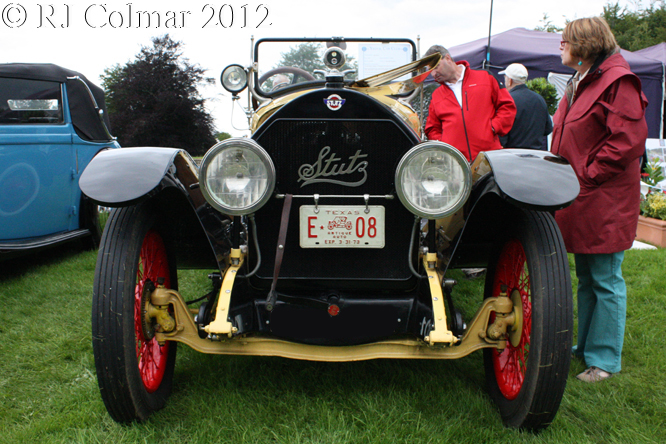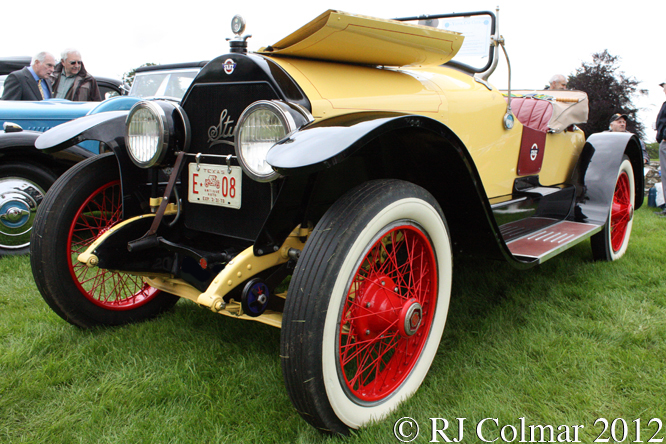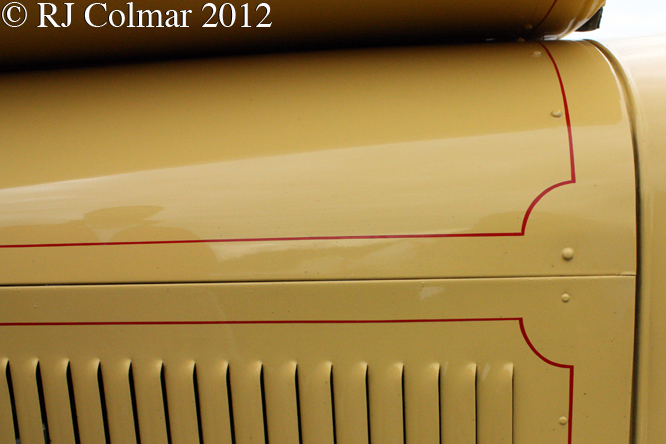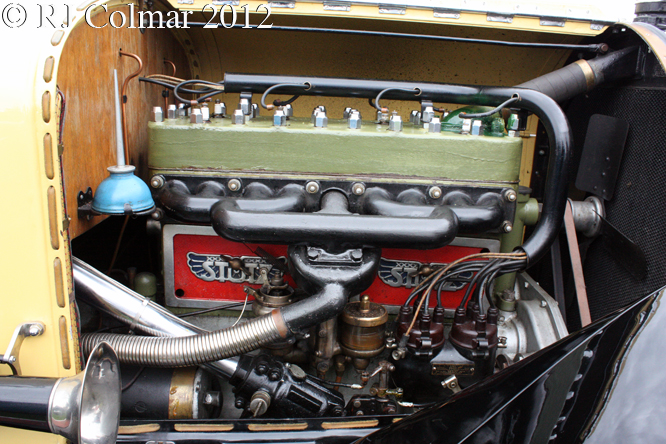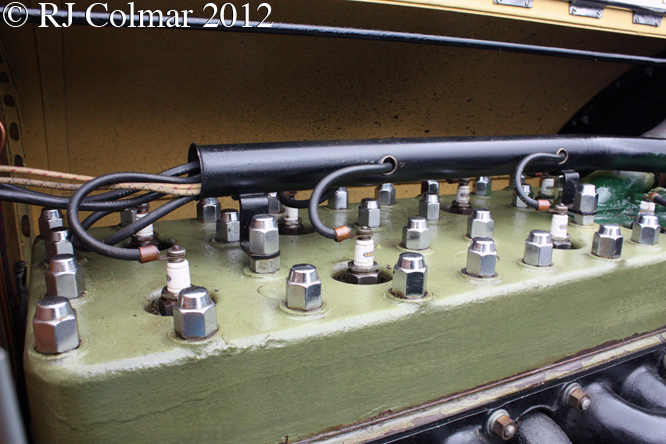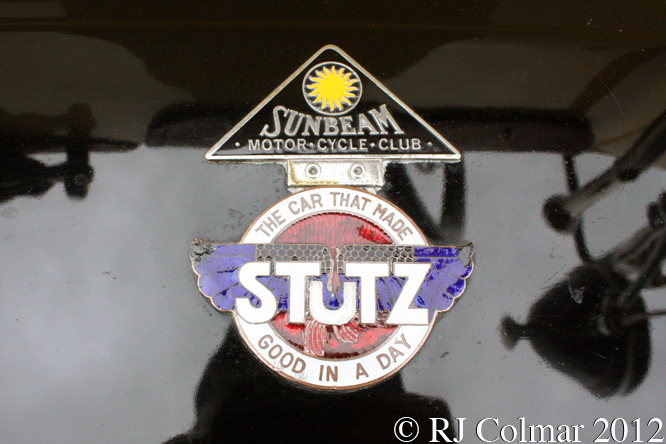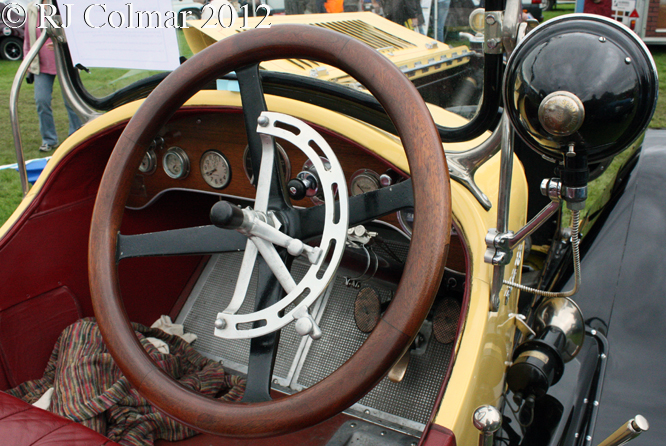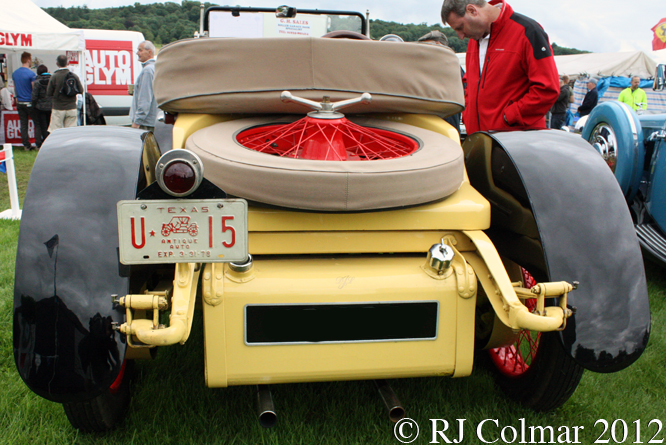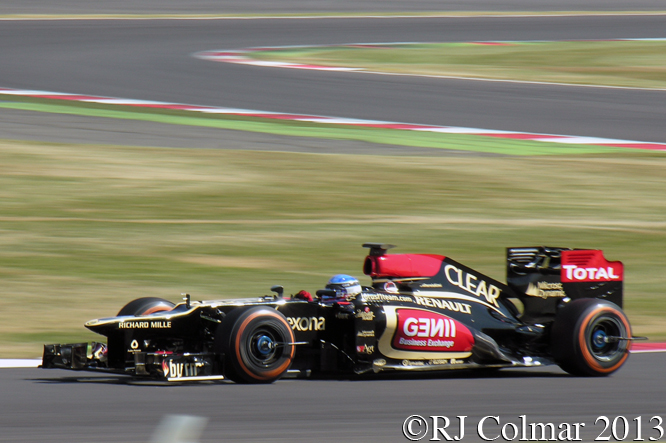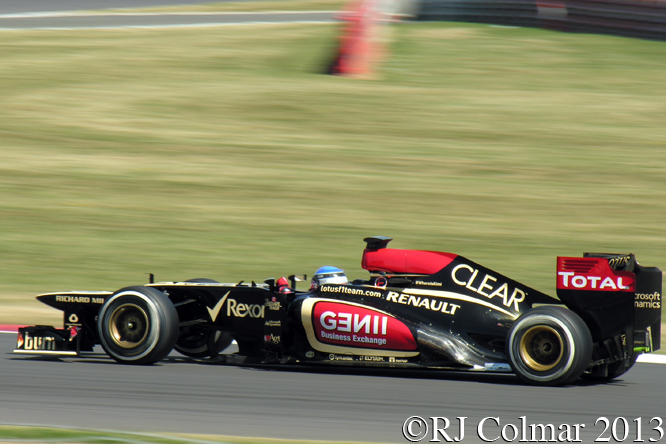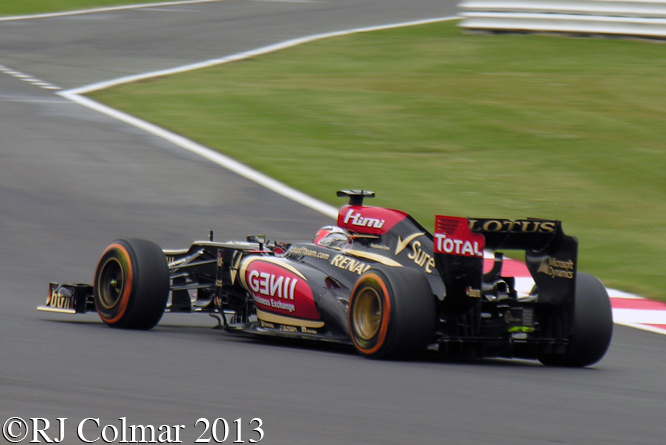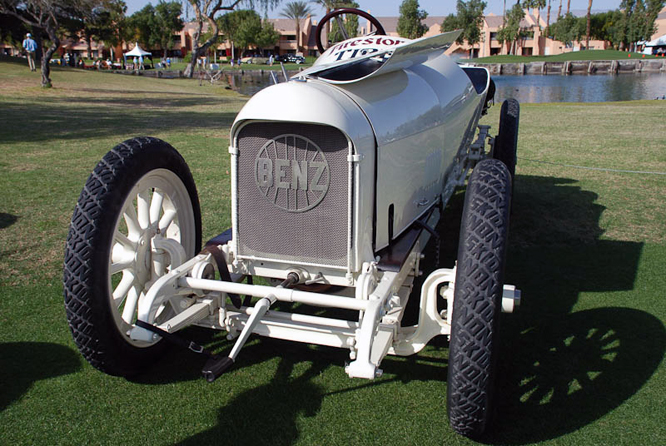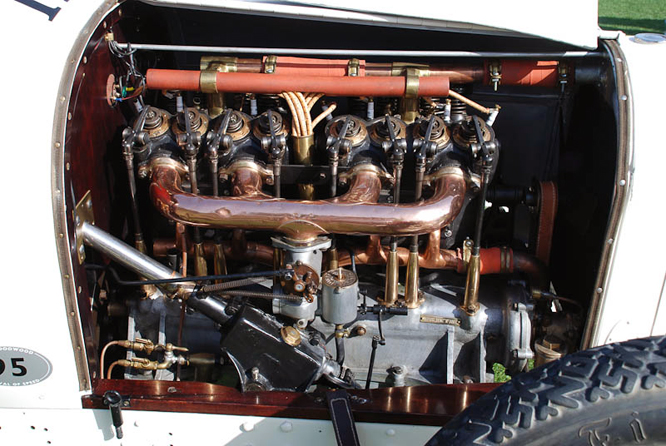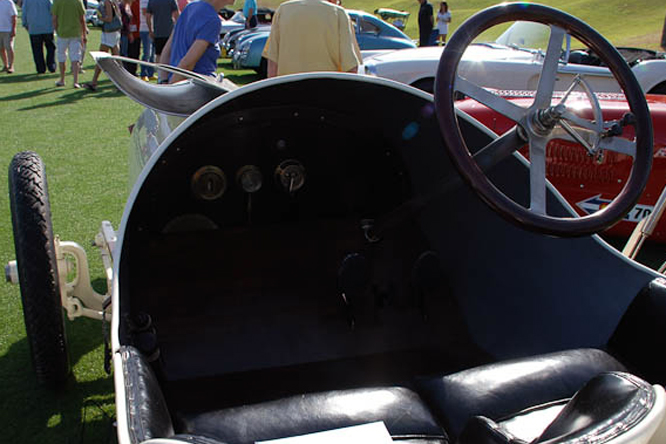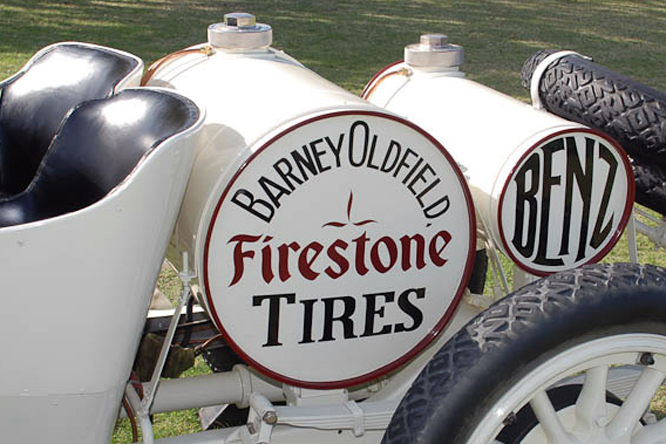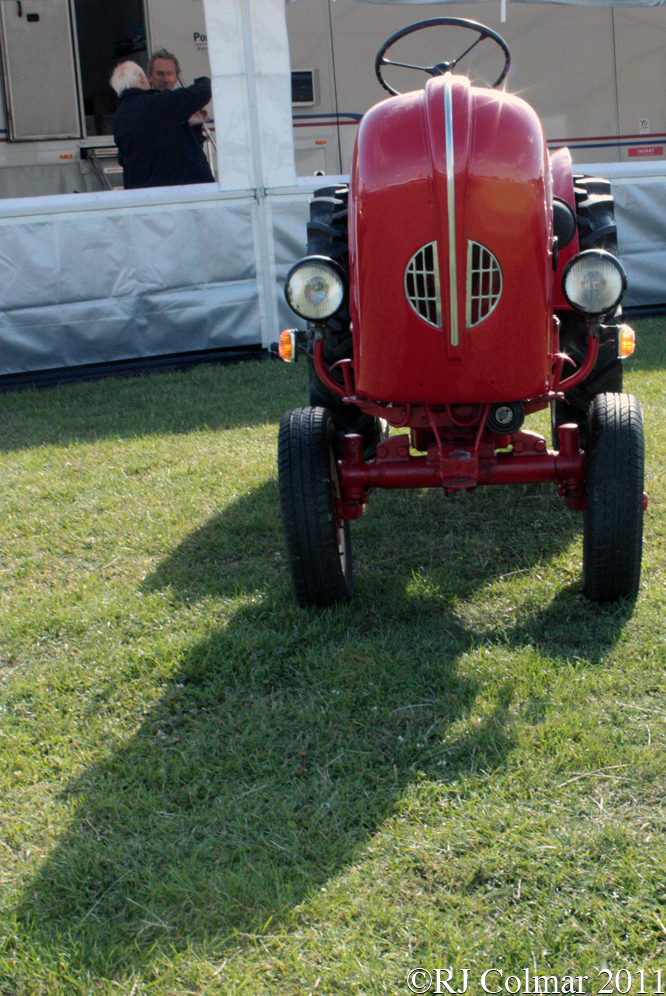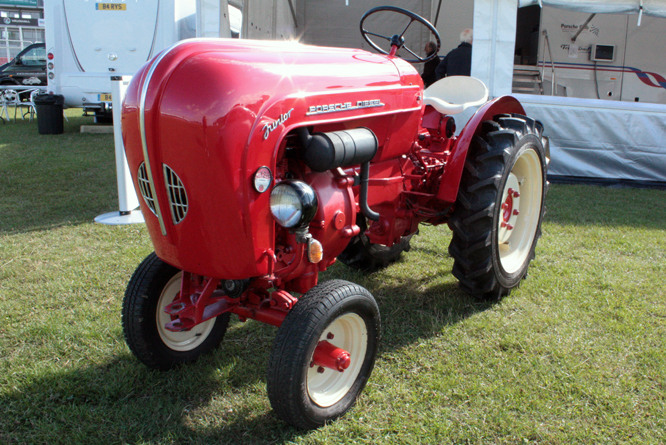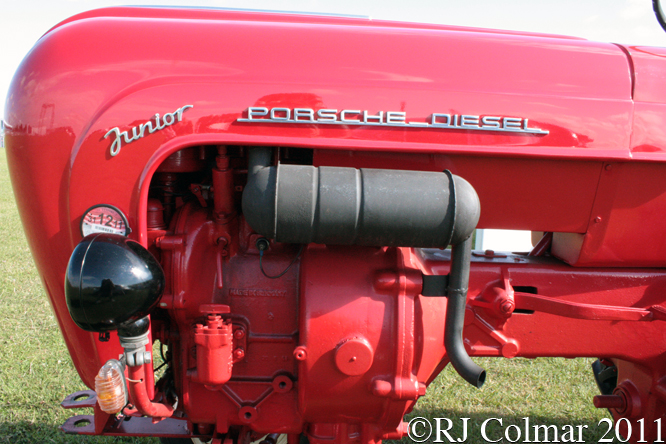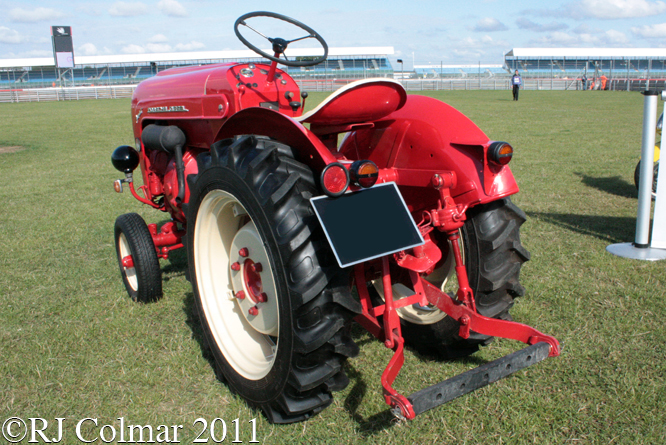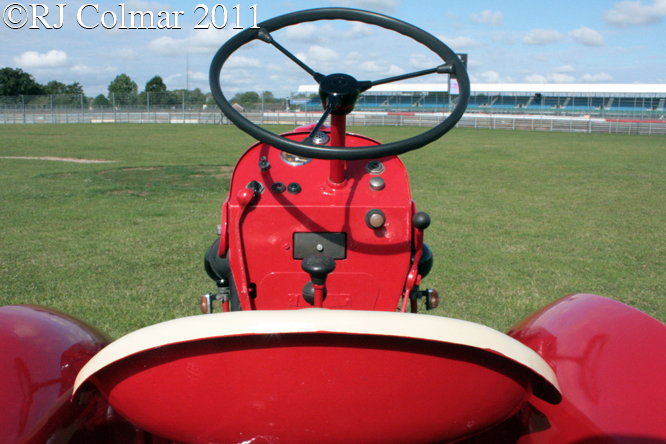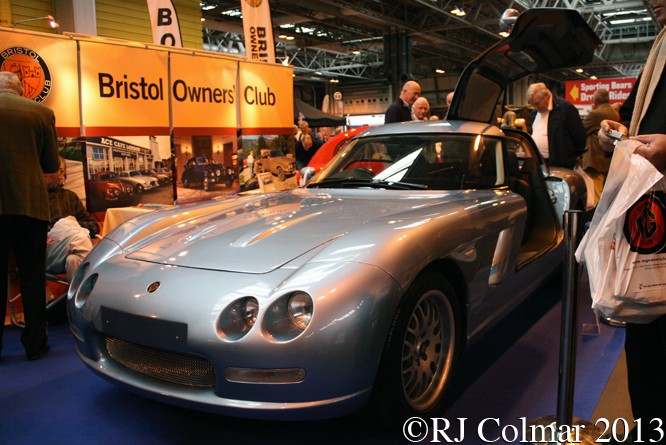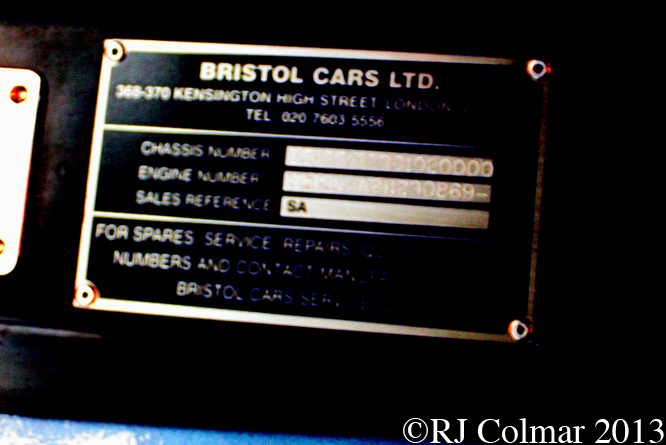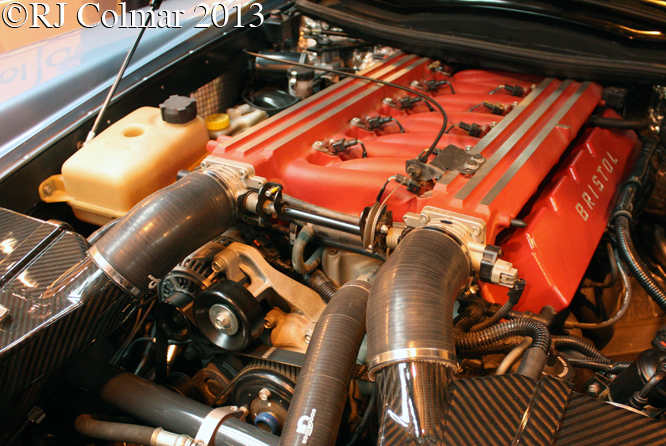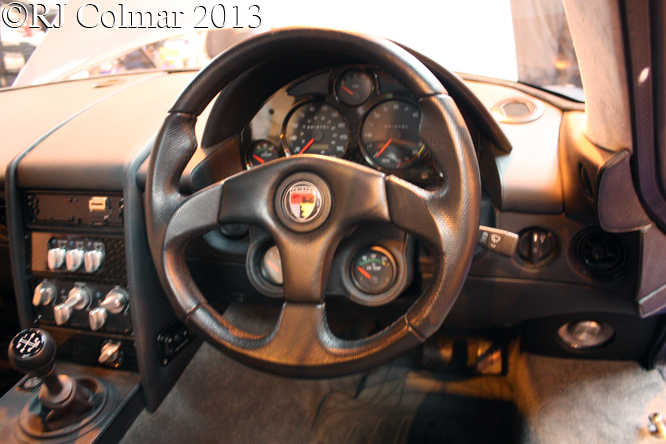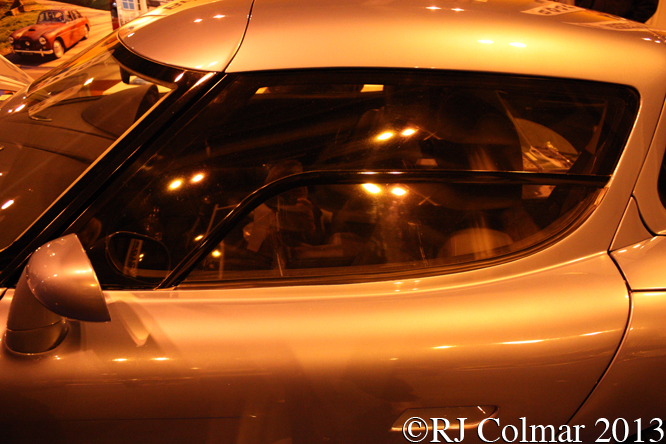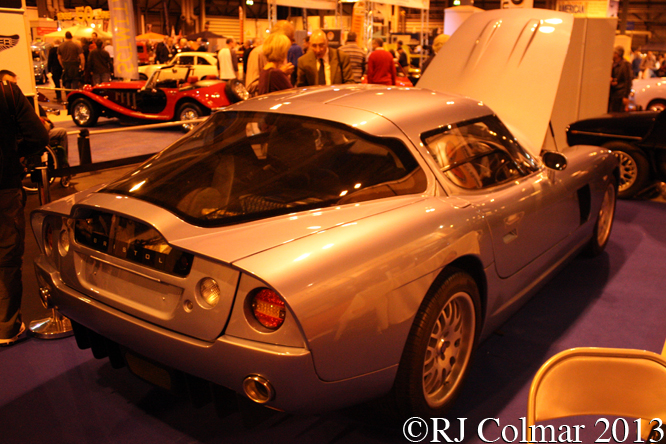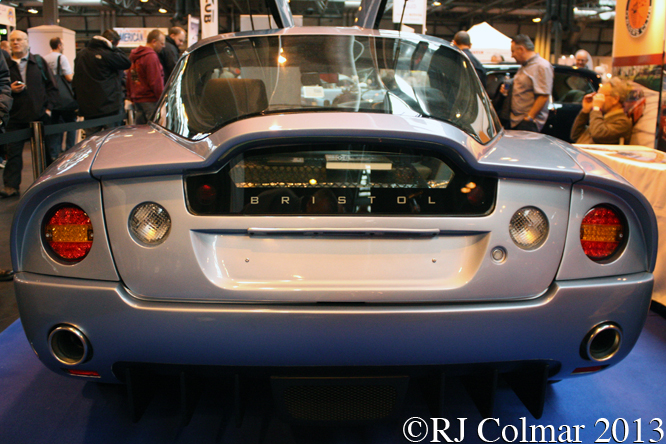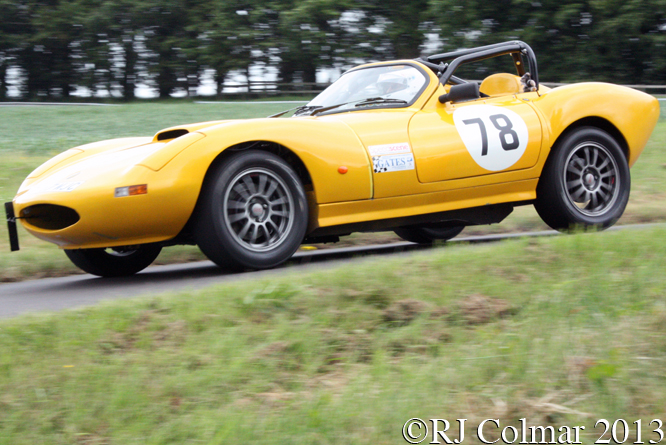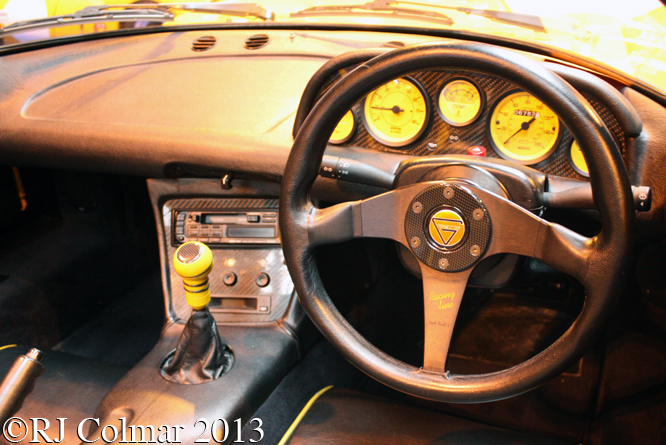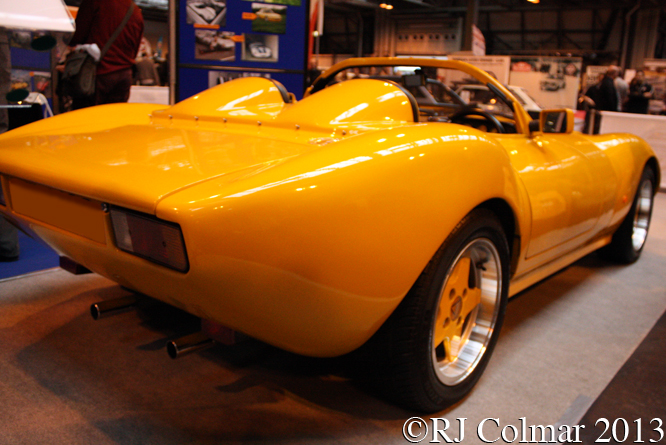Since Alberto Ascari finished second driving a Ferrari on their debut in the second round of the World Drivers Championship in 1950 Ferrari have made 868 further championship Grand Prix starts, scored 207 championship Grand Prix pole positions, 221 championship Grand Prix victories contributed to 15 World Drivers Championships and won 16 Constructors championships, the latter first being introduced in 1958.

When Fernando Alonso seen below left Renault to sign up to replace Kimi Raikkönen at Ferrari for the 2010 season few could have imagined that four seasons later his tally of 11 wins, 2 poles and 8 fastest laps would not have added any further championships to Scuderia Ferrari’s unsurpassed tally.
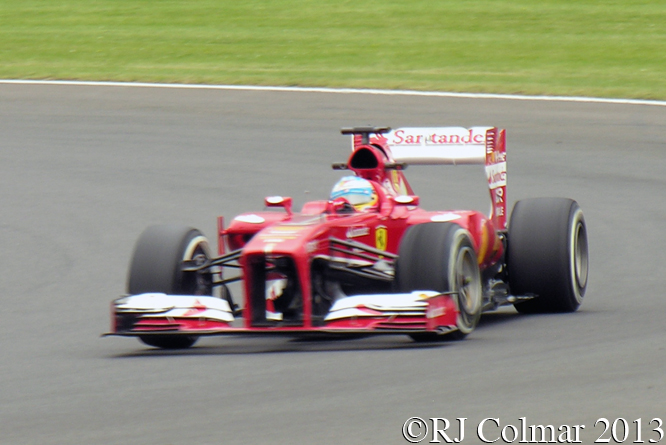
Such has been Ferrari’s technical disadvantage that despite being regularly hailed as the best driver on the Formula One circuit by pundits Fernando has managed three 2nd place finishes in the season end championship standings in 3 of the last four years.
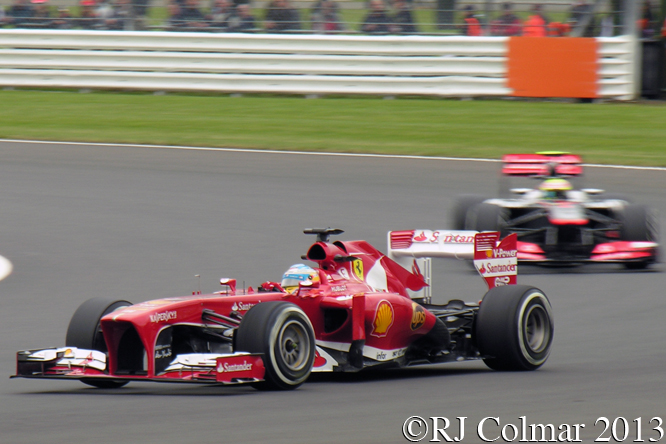
The 2013 season started quite well for the Spaniard with a second place to Raikkönen’s Lotus followed by wins in China and Spain interrupted only by a rare retirement in Malaysia, there after the best Fernando could manage was four second place finishes while his championship rival since 2010 Sebastian clocked no less than 11 victories out of 14 following the Spanish Grand Prix to claim his and Red Bulls 4th successive title.
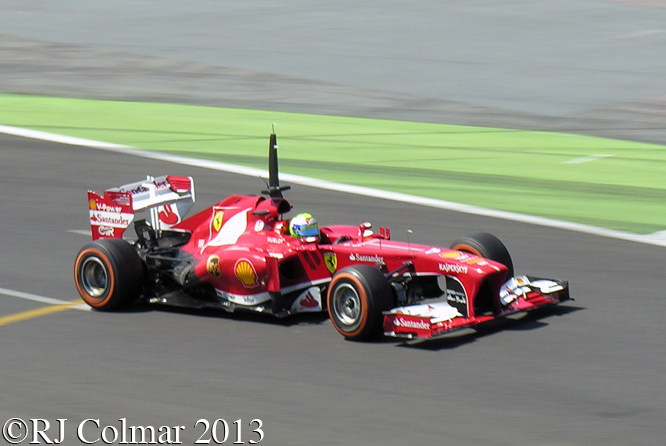
So Fernando finished second in the 2013 points standings yet again and perhaps crucially for 2014 championship aspirations, let slip that for his 32nd Birthday he might like something other than a Ferrari.
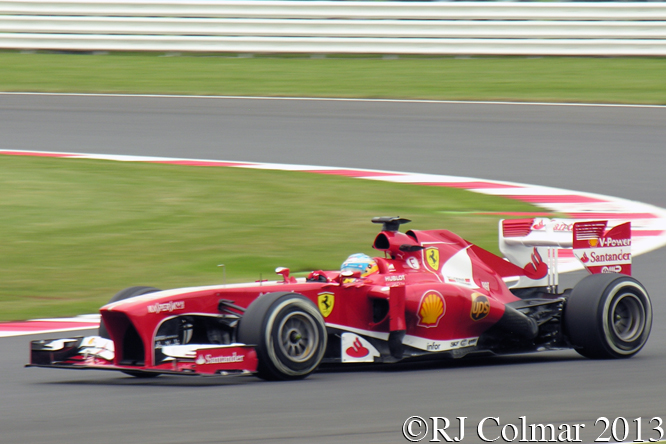
Fernando’s team mate Felipe Massa, seen driving the F138 during the Young Driver Test at Silverstone below, has been the Ferrari defacto No.2 driver since 2006 when he replaced Rubins Barrichello to drive alongside Michael Schumacher.
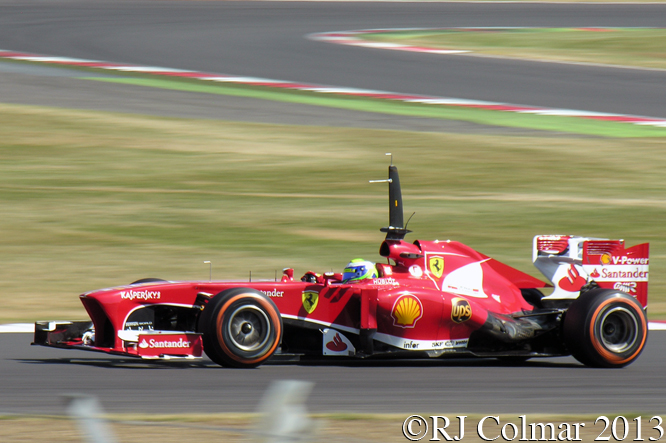
Felipe’s best shot at winning a World Drivers Championship came in 2008 when he comprehensively out drove his team mate and reigning 2007 World Champion Kimi Raikkönen in 2008 only to lose the championship by a songle point to Lewis Hamilton.
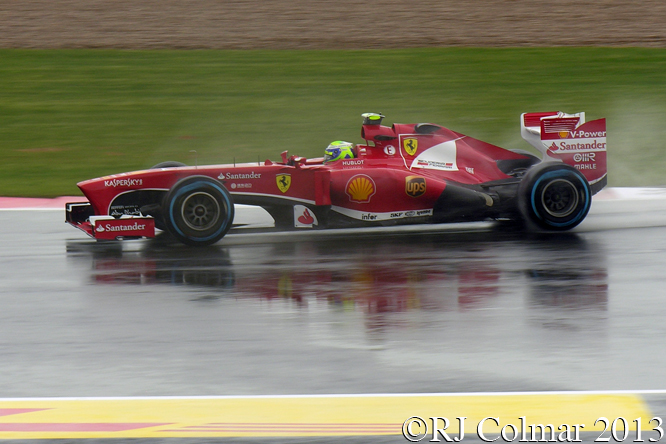
In 2009 Felipe’s season was cut short when a spring fell off his compatriot Ruben’s Barrichello’s Brawn and caught Felipe’s helmet. Lucky not to loose his eye, Felipe returned to Formula one the following season since when he has scored 3 podium finishes, 2 fastest laps and was ordered to hand over lead of the 2010 German Grand Prix to his team mate Alonso.
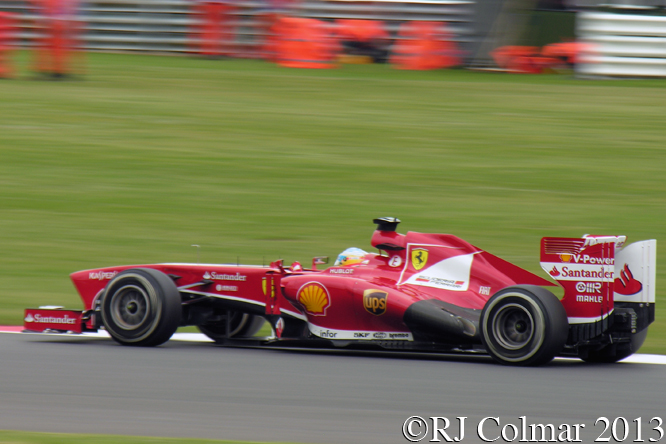
Last season saw Felipe score a season high third place finish in the Spanish Grand Prix and finish 8th in the season end drivers championship standings having contributed to Ferrari’s third over all finish in the constructors championship.
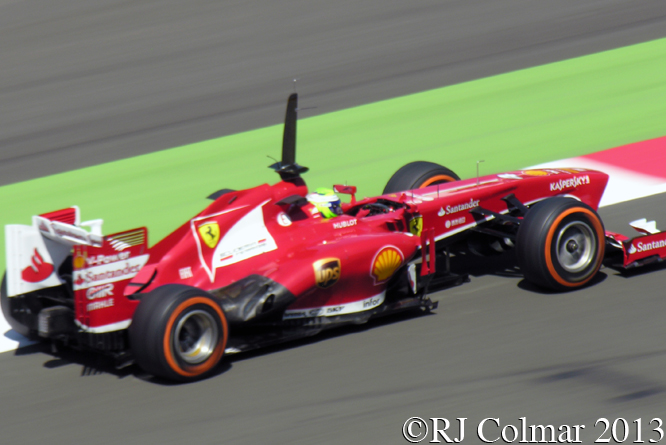
Unsurprisingly Felipe was not retained for 2014 and he has found a new job at Williams where he will be team leader, Alonso meanwhile may yet rue the day he told a reporter that he would like “someone else’s car” for his 32nd Birthday as Ferrari President Luca di Montemozolo appears to have taken the humorous comment to heart and reemployed a very much in form Kimi Raikkönen, the same driver he sacked to take on Fernado Alonso in the first place.
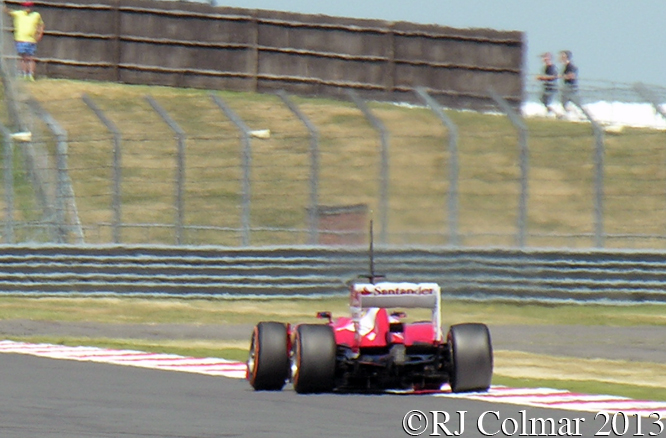
Without question if the 2014 Ferrari F14T is even vaguely reliable the goings on at Maranello should be fascinating as the team comes to terms with having signed two drivers capable of taking points of each other and possibly letting a rival from another team win the drivers championship.
You can follow Ferrari through their website on this link, on their facebook page linked here and twitter feed linked here.
Thanks for joining me on this “Dreaming About Someone Else’s Car” edition of “Gettin’ a li’l psycho on tyres” I hope you will join me again tomorrow when I’ll be starting a new series of Saturday blogs on Buckler cars. Don’t forget to come back now !


